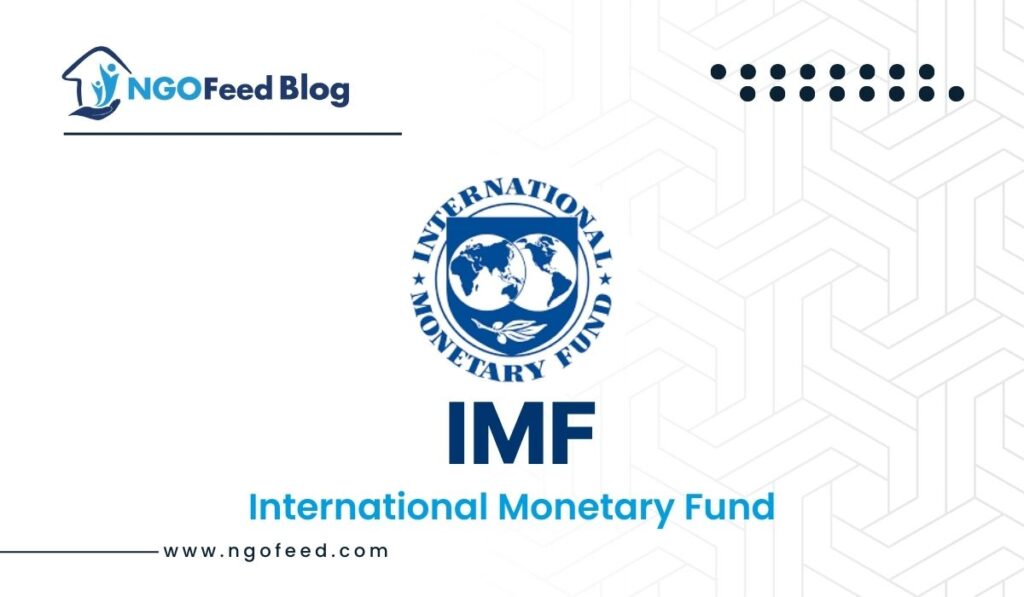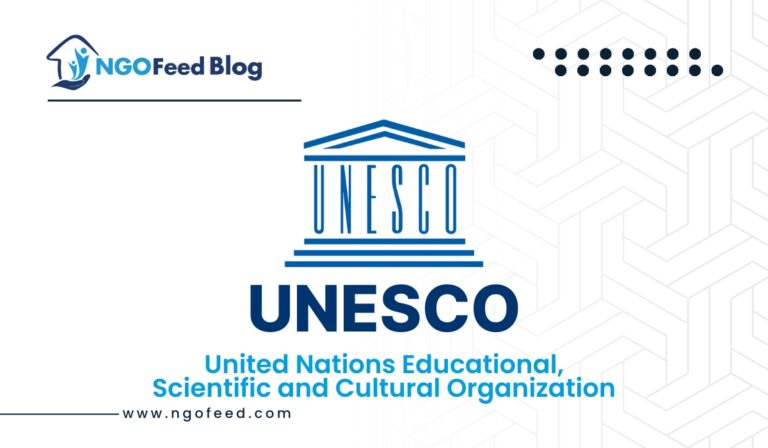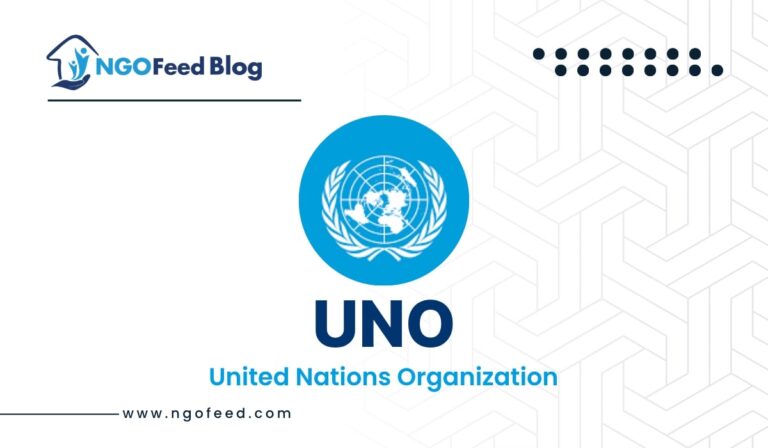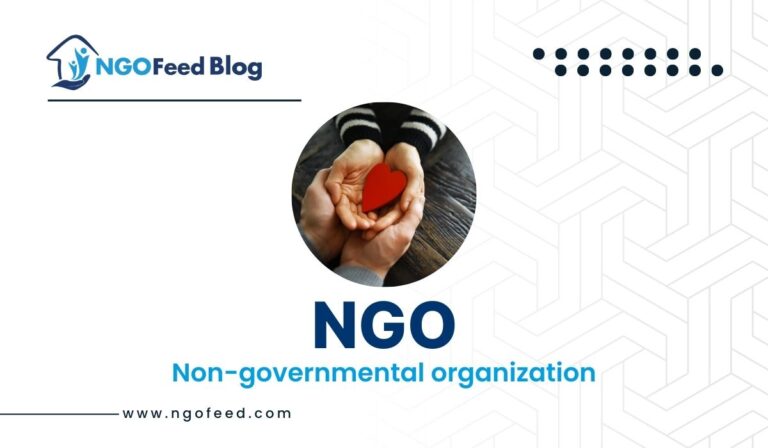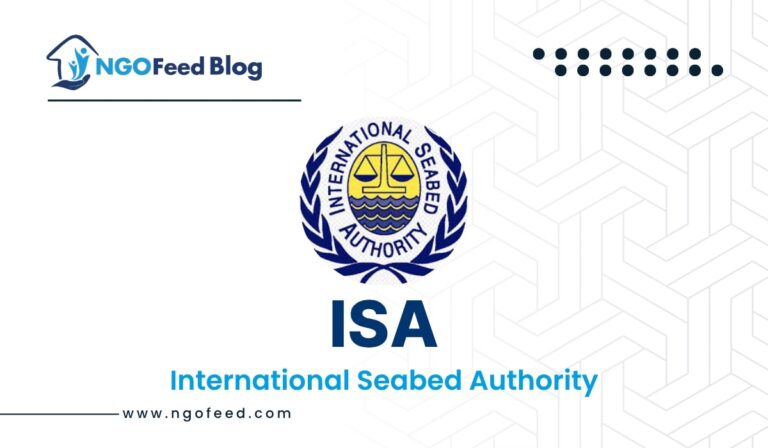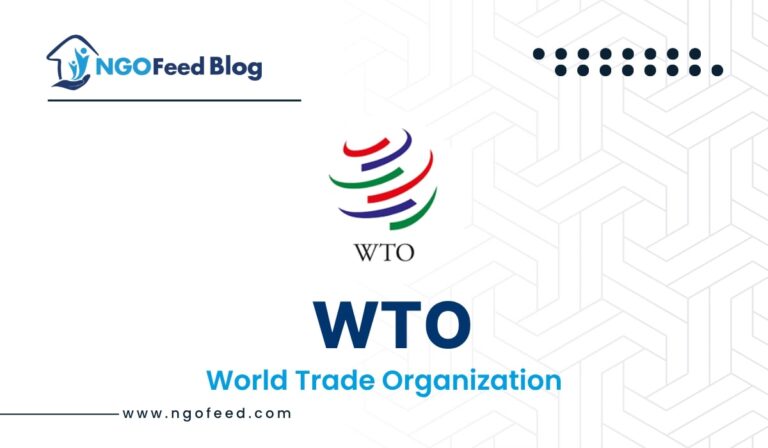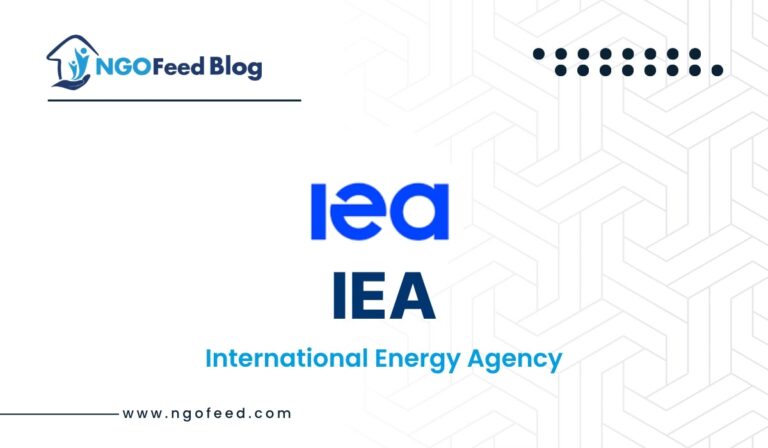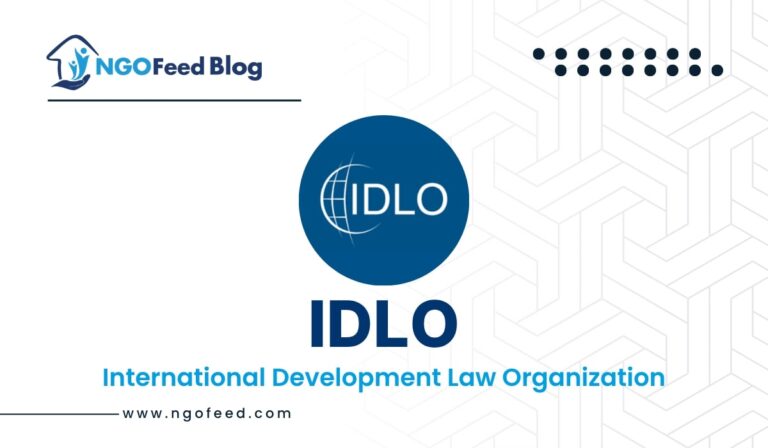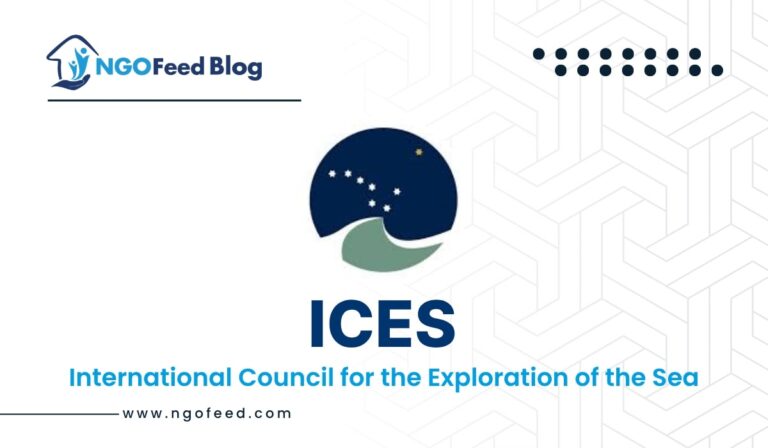IMF Full Form: IMF stands for International Monetary Fund and is an international organization established on 27 December 1945. It promotes global economic growth, monetary cooperation, financial stability, and international trade and reduces poverty. A board of governors heads the IMF, each representing one of the organization’s member countries. It is headquartered in Washington, DC and has 190 member countries. Each member country has its representatives on the IMF’s executive board in proportion to its economic importance.
Table of Contents
IMF Overview
This section briefly overviews the International Monetary Fund (IMF). Let’s have a look:
| IMF | International Monetary Fund |
| Headquarters | Washington, D.C |
| Formation | 27 December 1945 |
| Parent Organization | United Nations (UN) |
| Main Organ | Board of Governors |
| Managing Director | Kristalina Georgieva |
| Website | www.imf.org |
| Work | 190 countries |
| Official languages | English |
History
The IMF was initially placed as a part of the Bretton Woods System Exchange Agreement in 1944. During the Great Depression, countries increasingly increased barriers to trade to repair their failing economies. This led to the devaluation of national currencies and a decline in world trade. This decline in international monetary cooperation created a need for monitoring. Representatives of 45 governments in the United States met at the Bretton Woods Conference at the Mount Washington Hotel in Bretton Woods, New Hampshire, to discuss post-war international economic cooperation and a framework for rebuilding Europe.
What does the IMF do?
The International Monetary Fund (IMF) is a global center of expertise on economic and financial issues. Over the course of the past 70 years, the IMF has gained world-leading expertise and experience in determining which economic policies are effective in promoting growth, and how best to implement them. Drawing on its experience working with diverse countries at varying stages of development, the IMF provides hands-on advice, training, and peer-to-peer learning to its member countries, sharing its knowledge to build stronger, more sustainable economies.
This helps governments modernize economic policies and institutions. The IMF works on capacity development, tracks global economic developments, and lends to countries experiencing balance-of-payment crises as part of its mandate.
IMF Lending Facts
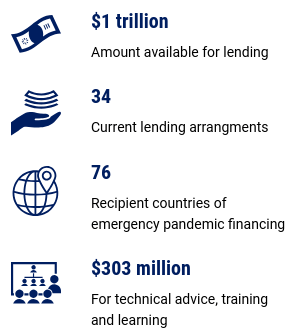
Read also:
Main Objective of IMF
The main objective of the IMF is to create a stable international monetary system. It’s a stable exchange rate and global payments system so that countries can transact with each other. It achieves this in three ways:
- Keeps track of the global economies and the economies of member countries
- Lending to countries facing balance of payments issues
- Providing practical help to members
Its mandate was updated in 2012 to include all macroeconomic and financial sector issues and impact global stability.
Main Function of IMF
The primary function of the IMF is as follows:
- Exchange Stability
- BOP Disequilibrium
- Determination of Par Value
- Stabilize Economies
- Balance the Demand and Supply of Currencies
- Maintain Liquidity
- Technical Assistance
Funding of the IMF
- Member quotas: Primary source based on countries’ size and position in the world economy.
- New Arrangements to Borrow (NAB): Backstop for quotas, doubled in size in 2021, contributing SDR 364 billion or $489 billion.
- Bilateral Borrowing Agreements (BBAs): Member countries commit resources through these agreements, contributing SDR 141 billion or $189 billion.
IMF and India
- India is a founding member of the IMF.
- India’s Union Finance Minister serves as the Ex Officio Governor on the IMF’s Board of Governors.
- The Governor of the RBI acts as the alternate governor for India at the IMF.
- India is represented by an Executive Director at the IMF.
- India’s quota in the IMF is SDR 13,114.4 million, giving it a shareholding of 2.76%.
- India is the eighth-largest quota-holding country in the IMF.
- India completed repayment of all its IMF loans in 2000.
- Currently, India contributes funds to the IMF.
Charges for IMF Loans
- Basic charges: Determined by SDR interest rate plus a margin set by the IMF Executive Board.
- Surcharges: Applied for high and prolonged borrowing of non-concessional resources.
- Level-based surcharges: Applied on outstanding credit exceeding 187.5% of quota.
- Time-based surcharges: Applied on credit exceeding the threshold for more than 36 months.
- Commitment fee: Levied on undisbursed portion of a loan, refundable based on drawings made.
- Service charge: Fixed charge on each amount drawn from the General Resources Account (GRA).
Conclusion
Finally, the International Monetary Fund (IMF) has been an important part of maintaining economic peace and growth around the world since it was founded in 1945. The IMF is a very important part of the international monetary system because its job is to support monetary cooperation, financial stability, international trade, and poverty reduction. By lending money, building up people’s skills, and giving policy advice, it helps member countries deal with balance-of-payment problems and promote long-term economic growth. Even though it faces problems, the IMF keeps changing and adapting, which helps make the world economy safer and more prosperous.
Frequently Asked Questions (FAQs)
What is the Full form of IMF?
International Monetary Fund (IMF).
How many countries are in the International Monetary Fund?
There are 190 Countries.
Who is the head of the IMF?
Kristalina Georgieva is the 12th Managing Director of the International Monetary Fund.
Is India a member of the IMF?
India is a founder member of the IMF. India’s current quota in the IMF is SDR (Special Drawing Rights) 5,821.5 million, making it the 13th largest quota-holding country at IMF and giving it shareholdings of 2.44%.
Read also:

